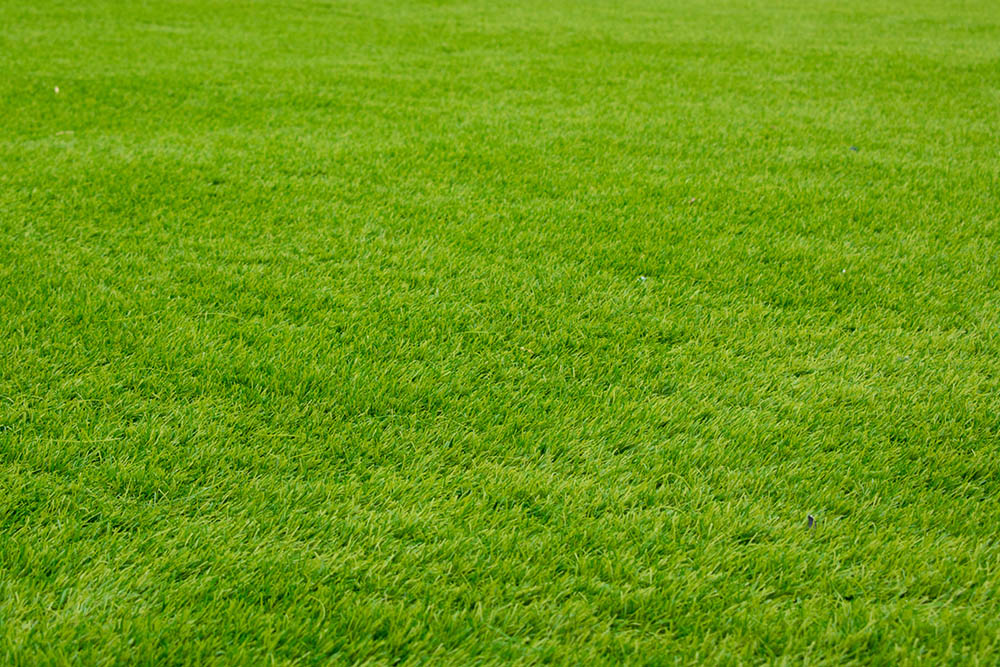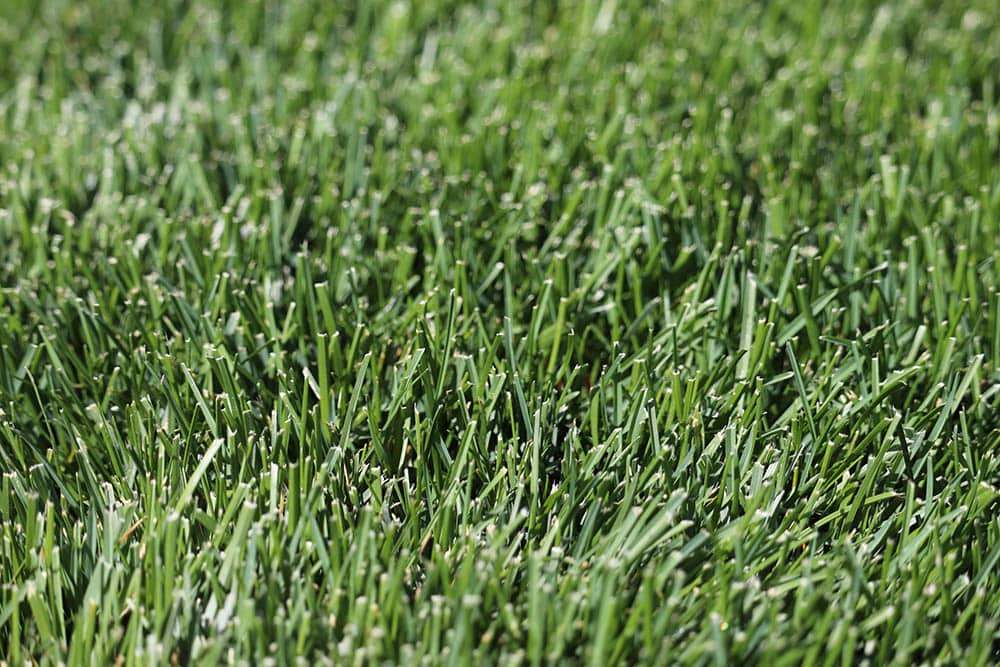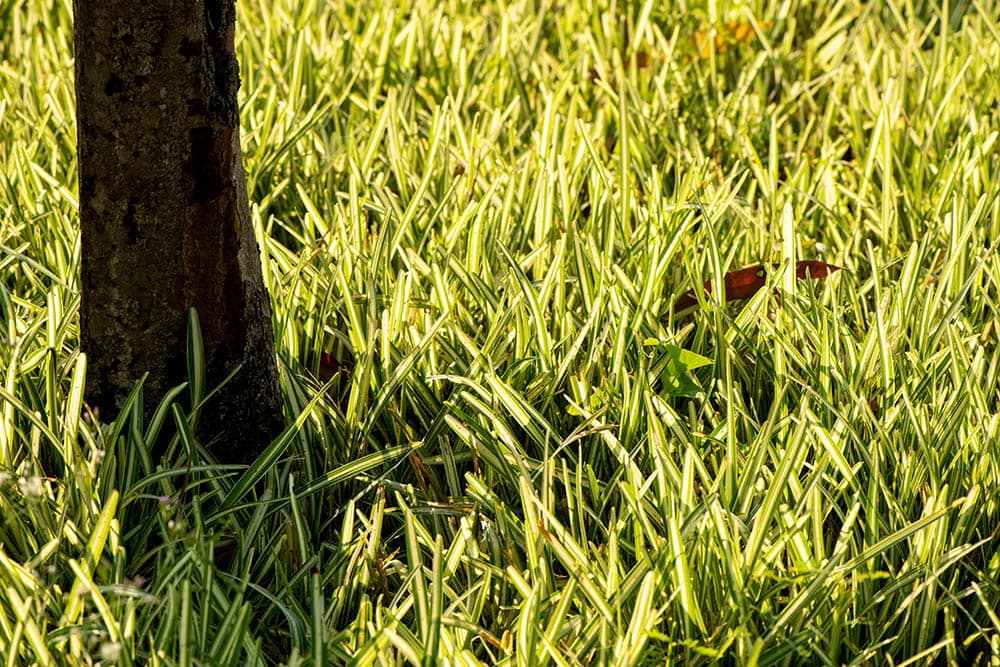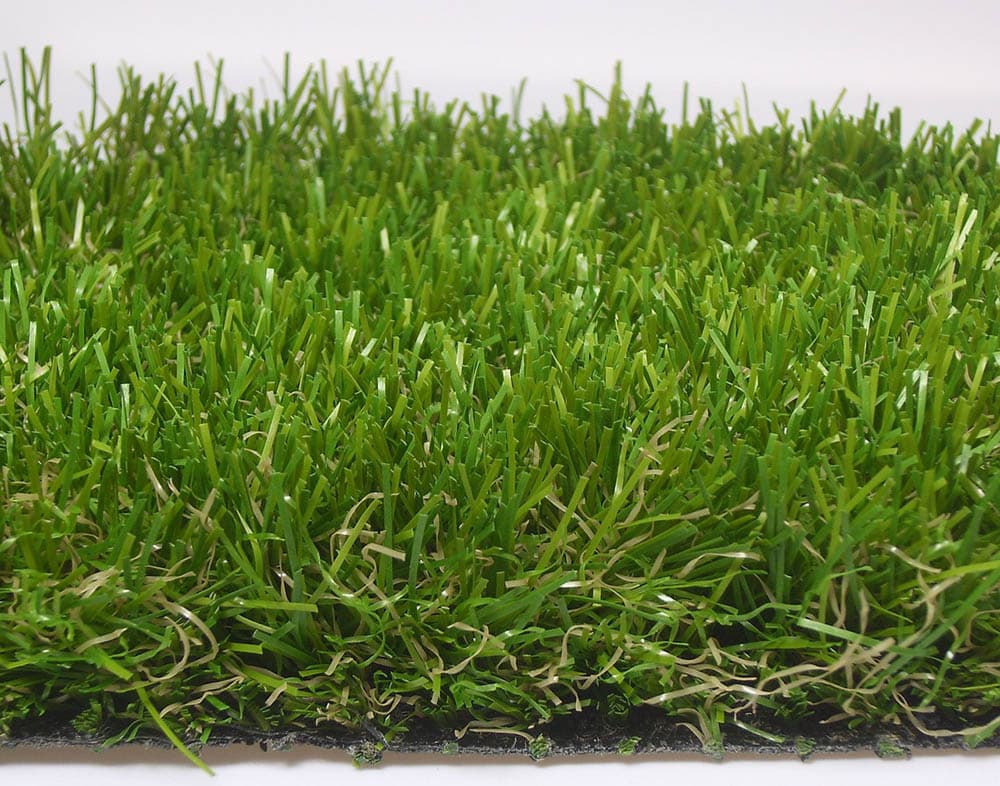5 Types Of Grass In Texas: Top Choices For Your Lawn (With Pictures)
-

- Last updated:

Do you know what kind of grass you have in your yard? Most people don’t, surprisingly. Texas is one of the most diverse states in the country, with dry, desert zones as well as cool, temperate areas. There are literally thousands of types of grass, but only some of them are suitable for Texas lawns. Let’s check out what types of grass thrive in Texas climates.
What Kind of Grass Thrives In Texas?
As the biggest state in the US, Texas has a huge range of climates that change depending on where you go in the state. The southern area of the state is unrelentingly hot and arid, whereas the north is more temperate. You probably don’t want the same grass in McAllen and Amarillo because their climates are so dramatically different.
Drought resistance is a great characteristic that indicates a grass will do well in any area, while grass that demands lots of water might do better in North Texas. Similarly, some types of grass die back in the winter if temperatures are too extreme. In the south, these grasses do great because it doesn’t get very cold.
Whether a grass grows in the shade is worth considering too. If you have a lot of shade in your yard, look for grasses that don’t need as much sunlight to grow. Pest and insect resistance is another minor consideration that can affect other plants in the area, but not as important as drought resistance or shade growth.
Finally, you should think about how much traffic your yard gets. If you have dogs or kids, for instance, you should look for a type of grass that’s resistant to high foot traffic. This lets it spring back after being trampled without damage.
The 5 Types of Grass in Texas
1. Bermuda Grass

| Drought resistance: | Moderate |
| Water requirements: | Moderate |
| Shade tolerance: | Very low, avoid shade if possible |
Bermuda grass is one of the most popular types of grass in Texas because it can take a beating and doesn’t need a ton of water. Compared to other grasses that need lots of water, Bermuda grass can thrive all year long with minimal watering or rain. This makes it great for any area in Texas, although it does die back in cold winter temperatures.
The downside of Bermuda grass is that it doesn’t tolerate the shade very well. If you have a lot of trees or other features that shade your property, this probably isn’t the grass for you. In addition, Bermuda grass grows very quickly and can overtake sidewalks if not regularly cut. This is not a grass you can just leave and forget about.
2. Kentucky Bluegrass

| Drought resistance: | Moderate |
| Water requirements: | Moderate to high |
| Shade tolerance: | Very low, avoid shade if possible |
Despite the name, this grass is great for Texas as long as you can meet its high appetite for water. Many lawns of this grass are irrigated because there’s seldom enough rain to meet its requirements. Once grown, though, Kentucky bluegrass has beautifully fine, dark-green blades.
While it needs lots of water to flourish, Kentucky bluegrass can tolerate short periods of drought, and it’s great for areas with regular foot traffic. We’d suggest growing this grass in Northern or Eastern Texas because it doesn’t do well with south Texas’s arid climate.
3. St. Augustine Grass

| Drought resistance: | Moderate |
| Water requirements: | Moderate |
| Shade tolerance: | High |
Imported from Florida, this grass is best suited for warm, humid East Texas, but it would do well in the north, too. St. Augustine grass has become a very popular alternative to Bermuda grass because most varieties do well in the shade. Unlike Bermuda grass, this grass needs a lot more water on a regular basis to thrive.
Unlike other grasses listed so far, St. Augustine grass is not suitable for lawns with lots of foot traffic. It’s difficult to grow from seed, too, so most people propagate it with sod instead. This is one of the coarsest grasses on this list.
4. Carpetgrass

| Drought resistance: | Low |
| Water requirements: | Moderate to high |
| Shade tolerance: | Moderate |
This dense grass is popular for residential lawns and grows natively all over coastal Texas. As might be expected, carpetgrass needs moderate to high levels of water, but it can survive short periods of drought. If deprived of water for too long, it will die quickly.
Carpetgrass likes areas with high humidity, so east and North Texas are perfect locales. Like its cousin, Bermuda grass, carpetgrass isn’t very shade tolerant and needs full sun. Notably, this grass is excellent in coastal regions to combat soil erosion.
5. Zoysia Grass

| Drought resistance: | High |
| Water requirements: | Moderate |
| Shade tolerance: | High |
Zoysia grass is getting more popular as people realize how versatile it is. It grows in both sun and shade, albeit more slowly than more prolific species. Because of its slow growth, sod is the way to go over growing from seed. Zoysia grass is only partially traffic resistant, so it may not be for high-traffic households.
There are two main types of zoysia grass: japonica and matrella. Zoysia japonica is more akin to traditional grass, with moderate water needs. Zoysia matrella grows more densely, like carpetgrass, which means it needs more water and more regular mowing. Choose accordingly for what works best for your climate and home.
How To Take Care of Your Lawn
Lawn maintenance can be dreadfully boring or a meditative activity, but it’s necessary if we want our yard to stay in healthy shape. Learning how to take care of your lawn is a useful skill and mastering it will have your neighbors envying your luscious yard. Let’s check out some of the handiest lawn care tips you can use to keep your lawn in tip-top condition.
Lawn Care Tips:
- Regularly weed your yard. Weeds compete with your grass for sun, water, and soil nutrients. By taking them out of the equation, your grass won’t have to work as hard to flourish.
- Water your grass deeply at infrequent intervals to encourage deep root growth and improve drought resistance. Watering frequently or shallowly will undermine healthy root development.
- Cut your grass weekly during the summer and biweekly during the cooler months.
- Raise your mower’s cutting height by an inch or two during the summer. Leaving your grass longer will help it survive dry spells and prevent the tips from going brown in adverse conditions.
- Before buying grass, research the climate. You need to know how the sun hits your lawn at various times of day, how the temperature changes throughout the year, and what type of soil you have. All of these will impact whether one type of grass is better than another for your area.
Conclusion
Texas has a very diverse, temperamental climate, but that just means lots of grass does well there. Need something low maintenance and shade tolerant? Go with Zoysia grass. Prefer something a bit denser that the dogs and/or kids can’t tear up? Bermuda grass is an excellent choice. No matter which part of Texas you live in, there’s a perfect type of grass for you.
Featured Image Credit: DaModernDaVinci, Pixabay
Contents

